(BPT) - Whether or not you wonder about the air quality in your home, everyone can benefit from breathing better air inside - this is especially true for those with allergies, asthma or other respiratory health concerns. So, if you're someone who experiences any of these issues or it seems like your indoor air is too dry, humid or dusty, you may want to take action to improve your indoor environment.
Air quality is often overlooked because it's largely an invisible problem. Particulate matter (PM) in the 2.5-micron range are smaller than the diameter of human hair, yet some of these pose the greatest risk. They can infiltrate air passageways, causing respiratory issues and asthma attacks, which is why it's crucial to ensure you and your family can breathe easy when you're spending time indoors.
In honor of National Indoor Air Quality (IAQ) Awareness Month, here are recommendations from the residential HVAC pros at Trane® for assessing your home's air, identifying the common culprits for air quality problems, and taking steps to improve your indoor environment.
Test your indoor air quality
An indoor air quality monitoring device measures the air quality for pervasive issues like pollen or other allergens. You'll want to find one that monitors temperature, humidity, CO2, fine particulate matter (PM2.5) and volatile organic compounds (VOCs).
Alternatively, you could have an HVAC specialist run tests in your home to identify contaminants. Your trusted local HVAC dealer, such as a Trane Comfort Specialist™, can provide a whole-home indoor air quality assessment to identify contaminants and find solutions based on your family's unique needs and concerns.
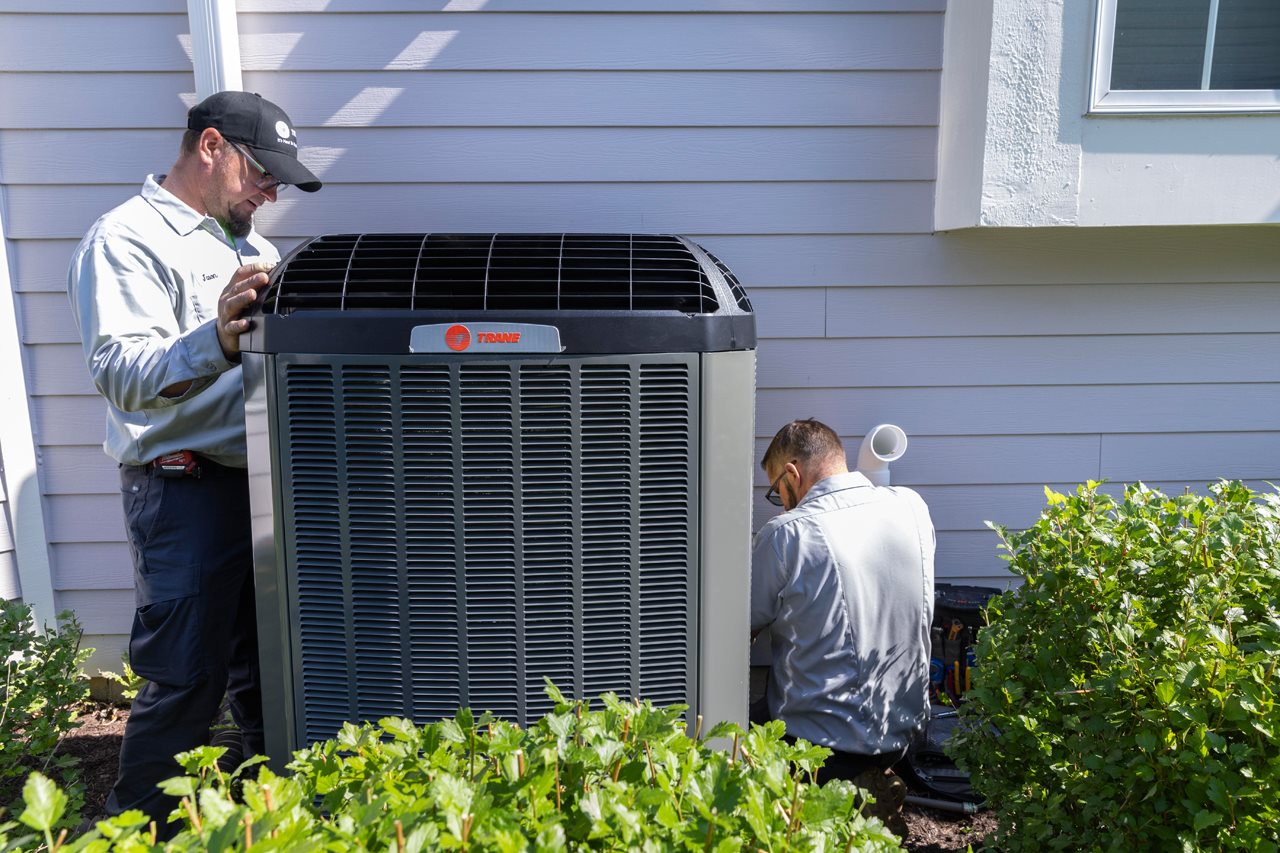
Humidity imbalance in your home
Depending on the season and where you live, indoor humidity levels can vary a great deal. Maintaining humidity levels between 35%-60% in your home is key to resolving many indoor air quality problems, because mold, dust mites and other air pollutants tend to thrive outside that range. Air that's too humid can also cause issues such as warping or cracking of wood furnishings and floors, and air that's too dry can lead to irritated skin or respiratory issues.
The best way to control humidity in your home is by monitoring levels using a reliable HVAC thermostat, then managing humidity with a whole-home dehumidifier and/or humidifier.
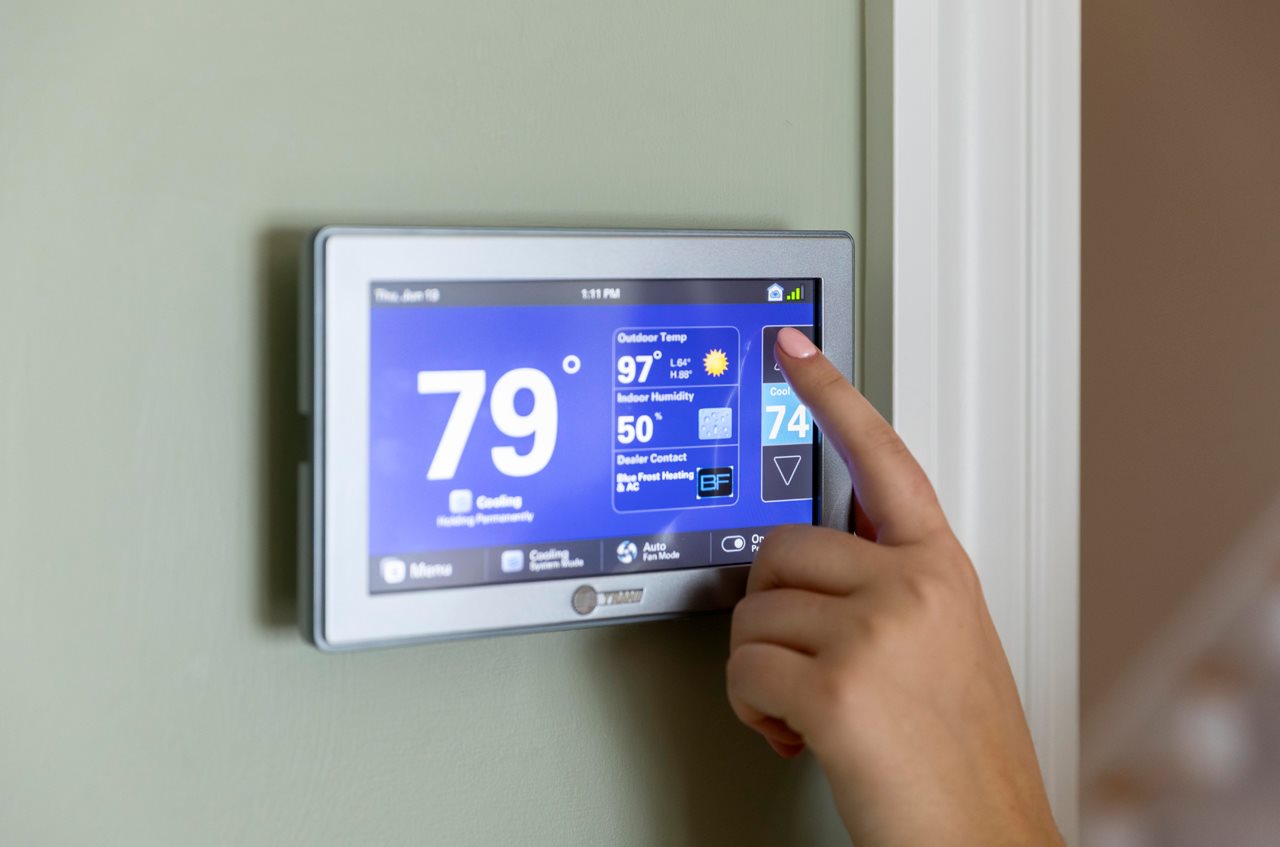
Indoor pollutants
Air pollutant sources inside your home can include pet dander, mold, mildew, tobacco, wood burning fireplaces, gas stoves, cleaning products, household paints and more. Pollutants can also enter from outside (like pollen, smog and smoke). When contaminant levels in your home are high, you may experience eye, nose or throat irritation, headaches, dizziness and fatigue.
Eliminating some indoor air pollutants may help alleviate your symptoms, like removing carpeting and rugs to reduce dust and pet dander buildup or making sure to ventilate your home well (consider wearing an N95 mask while doing so!) while vacuuming, cleaning or painting. You can also consider a whole home air filter or electronic air cleaner for additional protection from indoor air pollutants. For example, the Trane CleanEffects® Whole Home Air Cleaner helps remove dust, pollen, pet hair and dander, dust mites and mildew, while also reducing airborne pollutants and certain bacteria and viruses. It's also certified Asthma and Allergy Friendly® by the Asthma and Allergy Foundation of America.
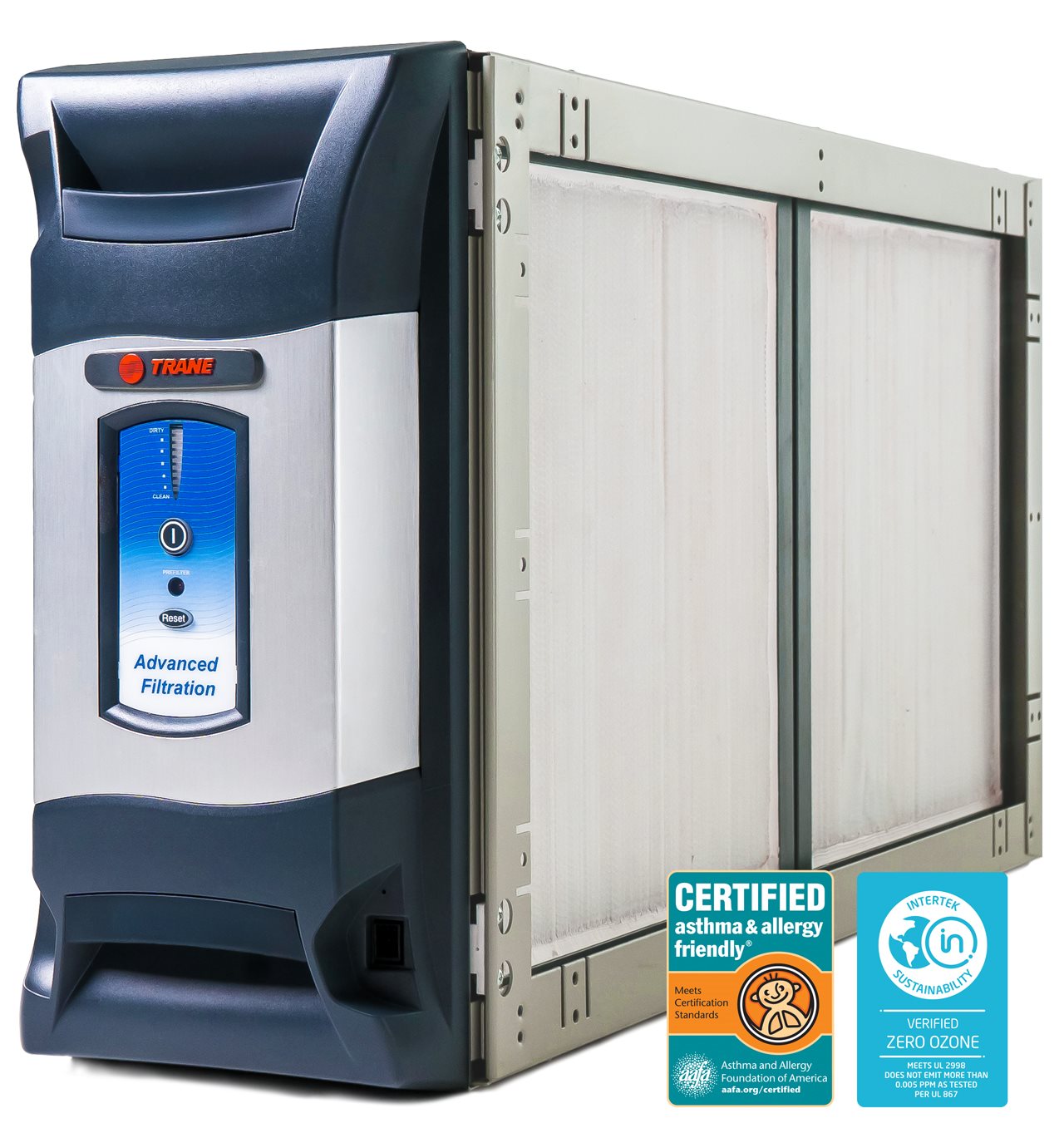
Inadequate ventilation
Because it's difficult to remove all indoor air pollutants, it's recommended to supply clean, fresh air to your indoor environment while exhausting stale and polluted air back outside - but that's not as simple as just opening a few windows (especially when the temperatures outside are frigid). Opening windows allows for air exchange but doesn't block outdoor allergens or asthma triggers, like pollen, from entering your home.
The best way to ensure that fresh air is being adequately supplied into your home is by using a filtered mechanical ventilator to bring fresh air in and expel stale and polluted air back outside. Newer homes, built with energy efficiency in mind, may not "breathe" as well as older homes. With the help of mechanical ventilation products, your indoor air will stay fresh all year long.
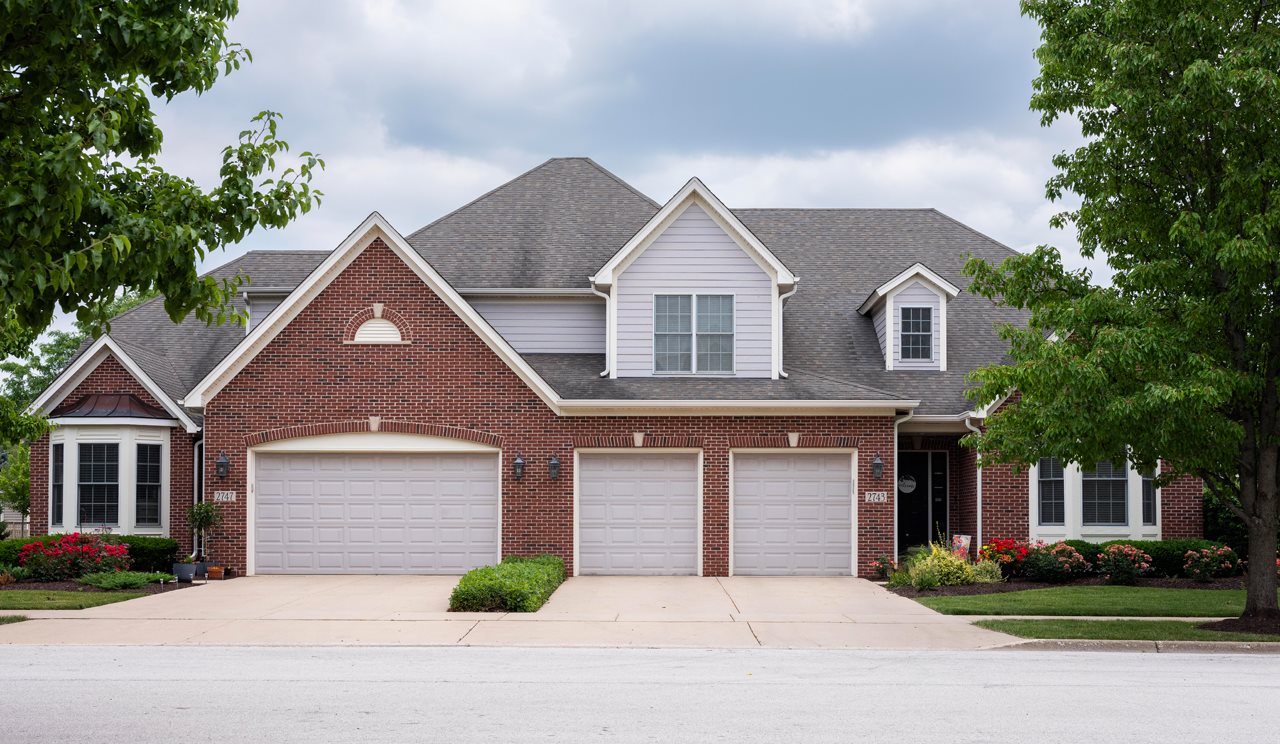
Malfunctioning HVAC system
Do you have an older HVAC system that hasn't been consistently maintained or cleaned over the years? Has it been a while since your HVAC filter was replaced? An HVAC system clogged with contaminants, or that's not working well, can increase indoor air quality problems.
As the seasons change, schedule maintenance for your HVAC system to ensure it's functioning at its best, and consider upgrading your unit if your air quality is consistently poor.
If your system is in good condition, make sure to change filters regularly by setting reminders and writing the date on your filter whenever you replace it. High-quality filters like the ones from Trane help filter out common allergens, make your home's air fresher, and allow your HVAC system to run more efficiently. You can also opt for a reusable filter - but in that case, make sure you set reminders for cleaning it every 1-3 months, according to manufacturer recommendations. Whichever filter type you use, consider cleaning or replacing it more frequently than what's recommended if someone in your household has allergies or asthma.
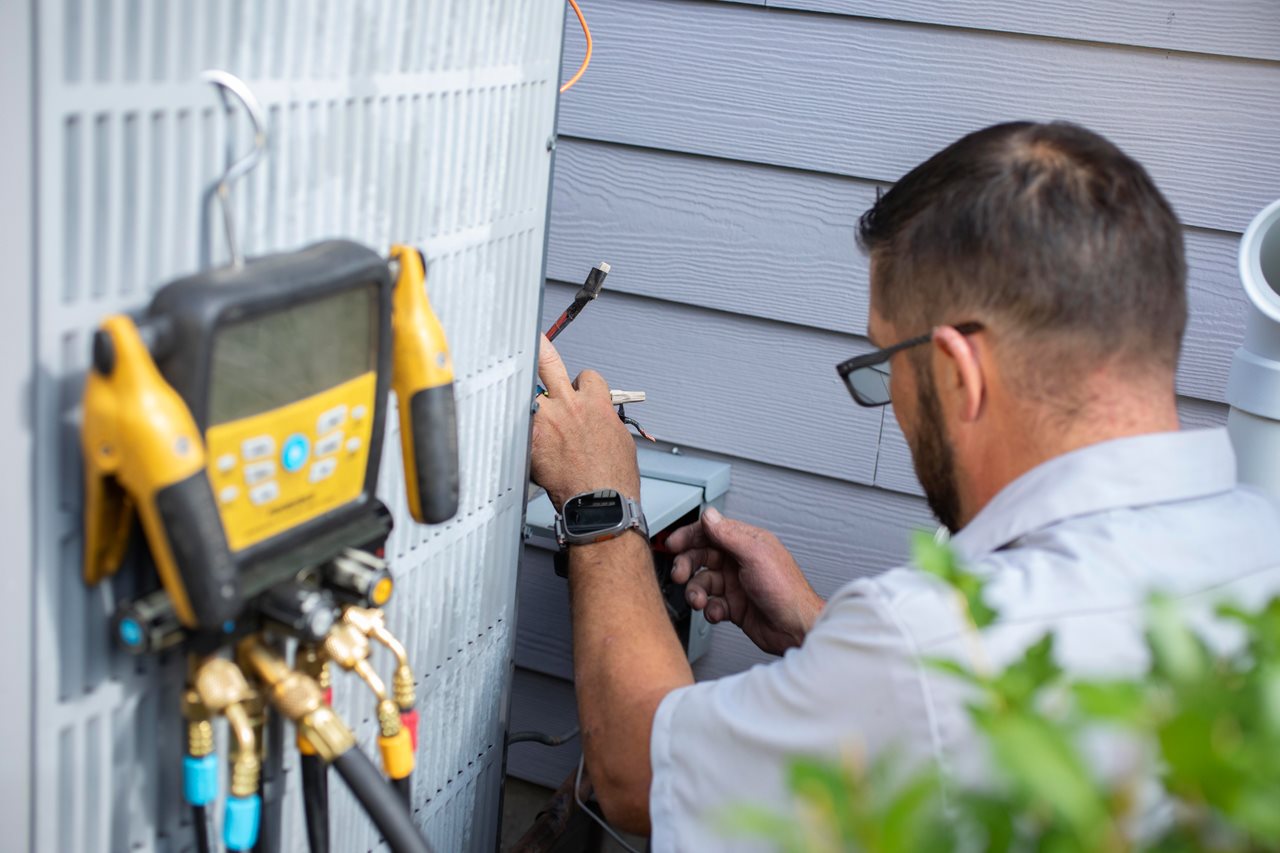
To learn more about products to help improve your indoor air quality, visit Trane.com.













